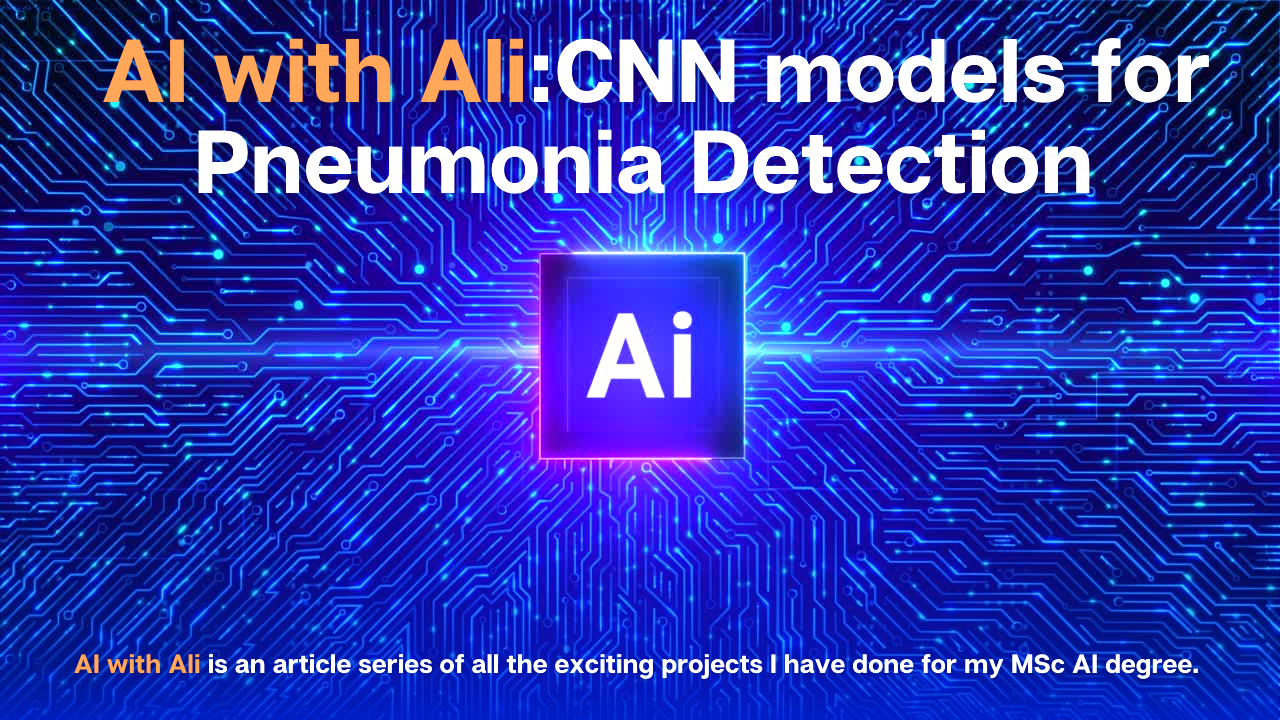Pneumonia Diagnosis At the intersection of technology and healthcare, the utilization of Python in pneumonia detection has revolutionized diagnostics. The efficacy and precision offered by Python in identifying pneumonia through various imaging techniques have reshaped the medical landscape.
Introduction to Pneumonia
Pneumonia, a prevalent respiratory infection, poses a significant health risk globally. Timely and accurate detection is crucial for effective treatment. Traditional methods relied heavily on manual interpretation of medical imaging, often prone to subjectivity and human error.
Python in Medical Imaging
Enter Python, a programming language renowned for its versatility and data-processing capabilities. Within medical imaging, Python’s libraries like OpenCV and TensorFlow have been instrumental. These libraries facilitate the extraction of intricate patterns from radiological images, enabling the identification of pneumonia-related anomalies with exceptional accuracy.
Utilizing Machine Learning Algorithms
Machine learning algorithms, integrated into Python frameworks, have amplified pneumonia detection. Techniques like Convolutional Neural Networks (CNNs) and Deep Learning have significantly enhanced the precision of identifying lung anomalies indicative of pneumonia. These algorithms learn patterns and nuances from vast datasets, refining their diagnostic accuracy over time.
Advantages of Python in Pneumonia Detection
Efficiency:
Python-based models expedite the diagnostic process, providing rapid results crucial for timely medical interventions.
Accuracy:
Through iterative learning, these models exhibit high accuracy rates in pneumonia detection, minimizing misdiagnoses.
Adaptability:
Python allows for seamless integration with existing medical systems, fostering easier adoption by healthcare practitioners.
Challenges and Innovations
Despite the strides made in pneumonia detection through Python, challenges persist. Interpretability of model outcomes and the need for extensive datasets remain areas of continuous refinement. Ongoing innovations focus on enhancing interpretability through Explainable AI and expanding datasets for robust model training.
Clinical Integration and Future Implications
The integration of Python-based pneumonia detection models into clinical settings holds immense promise. Its potential for early detection can significantly impact patient outcomes by enabling prompt treatment initiation. Additionally, ongoing advancements in AI and Python frameworks herald a future where pneumonia can be detected with unprecedented accuracy.
Conclusion
In the realm of pneumonia detection, Python’s integration into medical imaging and machine learning heralds a new era of precision and efficiency. The amalgamation of sophisticated algorithms and powerful libraries underscores its pivotal role in transforming healthcare diagnostics.
